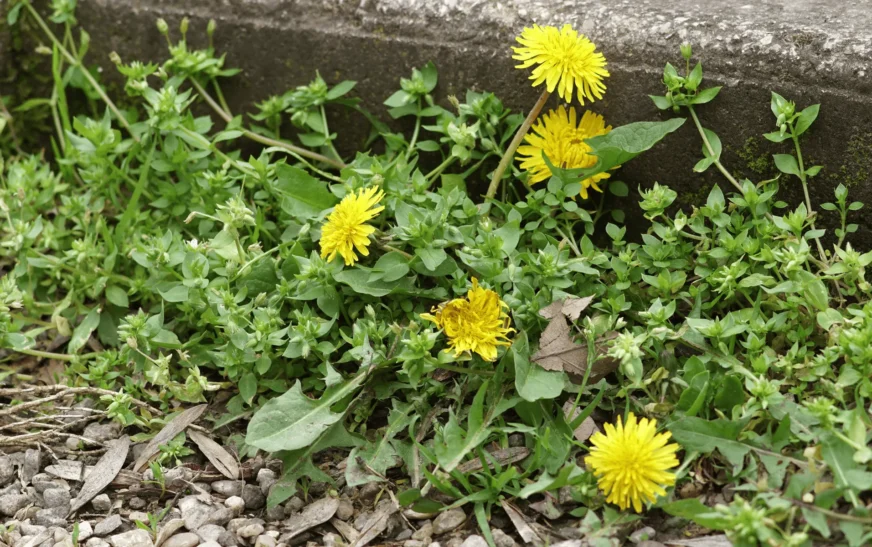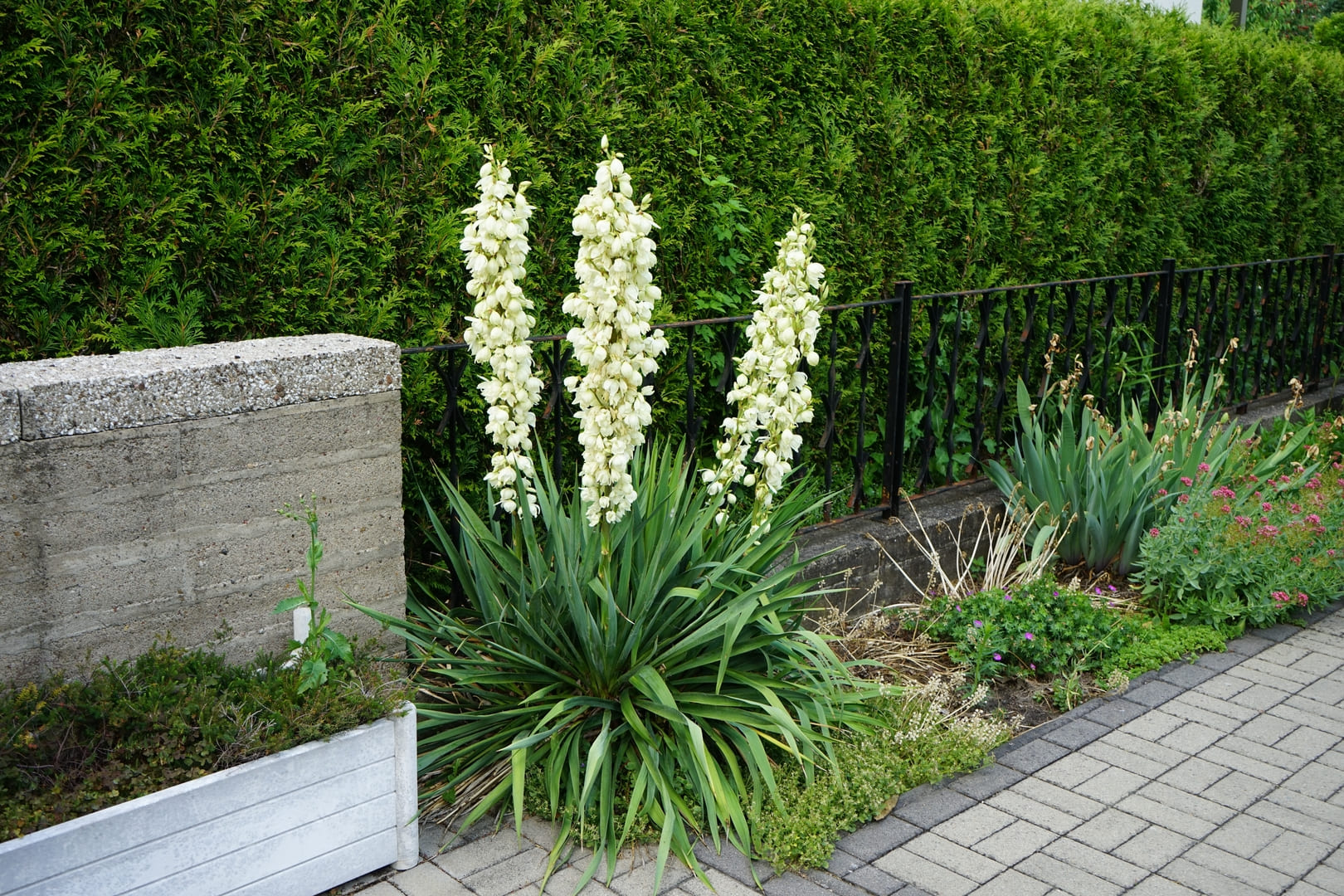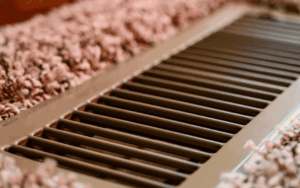When it comes to maintaining a healthy, lush lawn in Australia, weeds are public enemy number one. They might seem like a minor inconvenience at first—a few sprigs of dandelion or clover popping up here and there—but left unchecked, weeds can take over your lawn, choke out the grass, and turn your beautiful outdoor space into a patchy, uneven mess.
In this article, we’ll explain exactly why weeds are such a serious threat to your lawn, how they affect the health of your grass and soil, and why early intervention is key to keeping them under control. We’ll also cover the most common weed species affecting Aussie lawns and offer practical advice on how to keep your turf weed-free.
What Makes Weeds So Harmful?
Weeds don’t just look ugly—they actively compete with your lawn for essential resources. Here’s how:
1. They Steal Water and Nutrients
Weeds are incredibly efficient at soaking up water and nutrients from the soil. Unfortunately, they don’t share. Every drop of water or gram of fertiliser that goes into a weed is one less available to your grass. This means your lawn ends up stressed and undernourished while weeds continue to thrive and spread.
2. They Spread Rapidly
Most weed species are built for survival. They grow fast, reproduce quickly, and can spread through both seed and root systems. Some, like bindii and oxalis, can multiply across large sections of turf in just a few weeks, especially during the growing season. Once established, they become much harder to remove.
3. They Choke Out Grass
Weeds crowd out grass by taking up space and sunlight. In dense patches, they can completely smother lawn grasses, causing thin or bare areas that are even more vulnerable to further weed invasion. This is how small problems quickly spiral out of control.
4. They Invite More Problems
A lawn overrun by weeds is more susceptible to other issues, such as fungal diseases, lawn pests, and soil degradation. As the grass weakens, it’s less able to recover from stressors like heat, drought, and foot traffic.
The Most Common Lawn Weeds in Australia

Different climates and soil conditions around Australia support different weed varieties, but here are the usual suspects that tend to appear in most backyards:
Bindii
This low-growing menace produces painful burrs that are infamous among barefoot walkers. It thrives in compacted soils and can spread rapidly in late spring.
Clover
Although some homeowners don’t mind the look of clover, it competes heavily with grass for space and can dominate an area quickly if not managed.
Winter Grass (Poa annua)
This cool-season weed looks harmless enough at first but grows fast and turns brown in summer, ruining the visual uniformity of your lawn.
Crowsfoot Grass
Also known as crabgrass, this weed loves bare patches and can take root easily. It’s especially hard to remove once established due to its strong root system.
Oxalis
Looks like miniature clover but behaves more aggressively. It spreads both by seed and underground bulbs, making it extremely persistent.
How Weeds Gain the Upper Hand
Weeds take advantage of weaknesses in your lawn’s defences. That’s why you’ll usually find them popping up in thin patches, high-traffic areas, or places where the soil is compacted or dry. Here’s how they get a foothold:
- Poor mowing habits (such as cutting too short) weaken grass and give weeds more sunlight.
- Overwatering or underwatering creates inconsistent growing conditions that favour opportunistic species.
- Low soil fertility means grass grows slower, while hardy weeds keep thriving.
- Neglecting seasonal maintenance—like aeration, top dressing, or feeding—leaves your turf vulnerable to invasion.
Once weeds have found a way in, they start multiplying. Many produce thousands of seeds in a single growing season, and those seeds can remain dormant in the soil for years, waiting for the right conditions to sprout. That’s why a “wait and see” approach almost never works.
The Hidden Costs of Ignoring Weeds

Letting weeds go unchecked doesn’t just impact the look of your lawn—it also costs you time, money, and effort in the long run.
1. Increased Maintenance
A lawn infested with weeds often needs more mowing, watering, and repair work. You might also find yourself spending more on fertilisers and weed treatments, just to play catch-up.
2. Decreased Property Appeal
First impressions matter. A lawn full of weeds sends the message that a home isn’t well-maintained. This can affect property value and curb appeal, especially if you’re looking to sell.
3. Long-Term Lawn Damage
Persistent weed infestations can cause irreversible damage to your soil structure. Some weeds, like nutgrass or kikuyu, grow aggressively underground and can be nearly impossible to remove without drastic intervention.
Final Thoughts
Weeds are more than just a nuisance—they’re a threat to the health, beauty, and longevity of your lawn. The longer you leave them, the more they multiply, and the harder it becomes to take back control. Whether you’re dealing with bindii, clover, or any of the other usual suspects, the key is early detection and consistent lawn care.
With the right strategy, you can keep your lawn green, dense, and weed-free all year round. And if things start to get out of hand, don’t be afraid to call in professional help. After all, a well-kept lawn isn’t just nice to look at—it’s an investment in your home and lifestyle.













